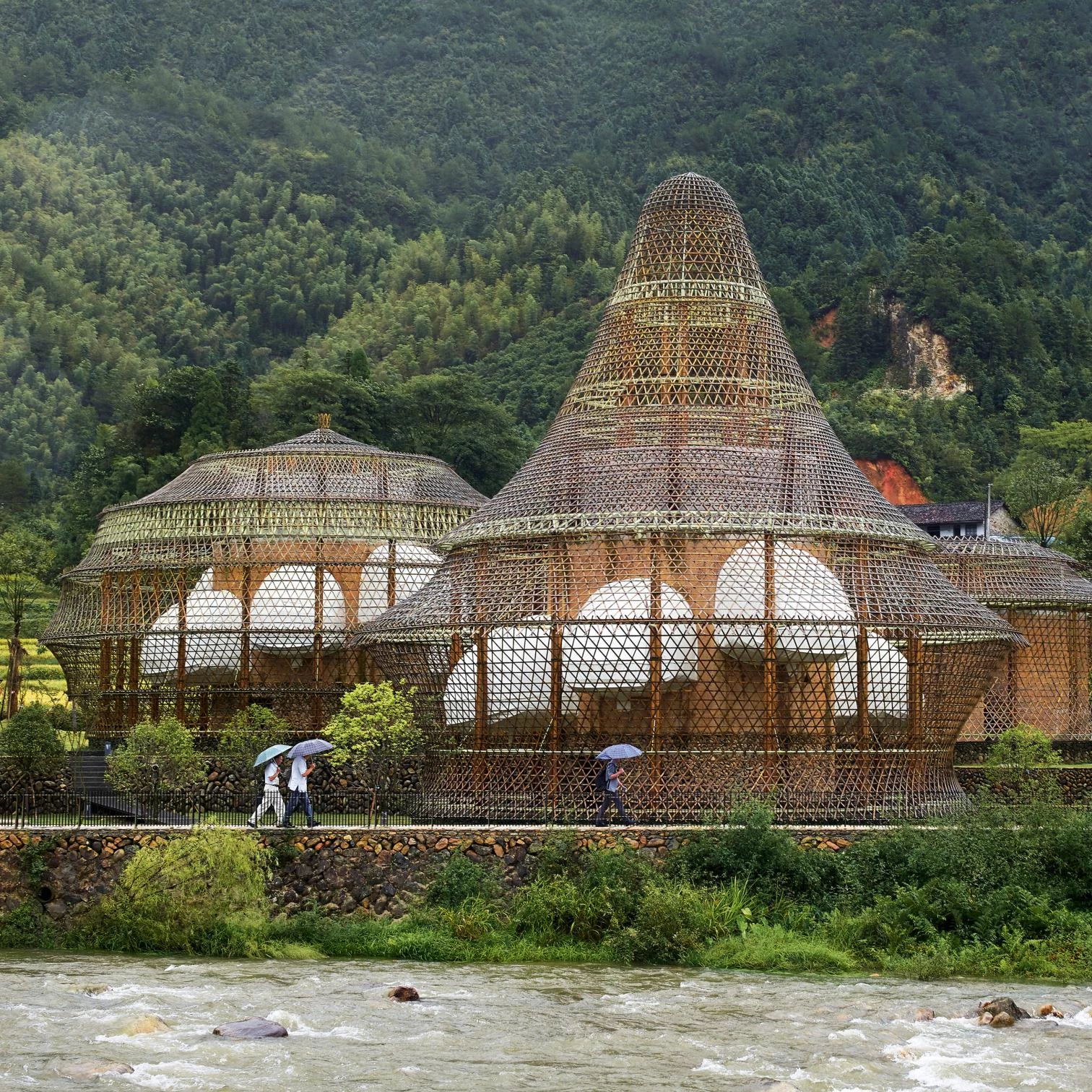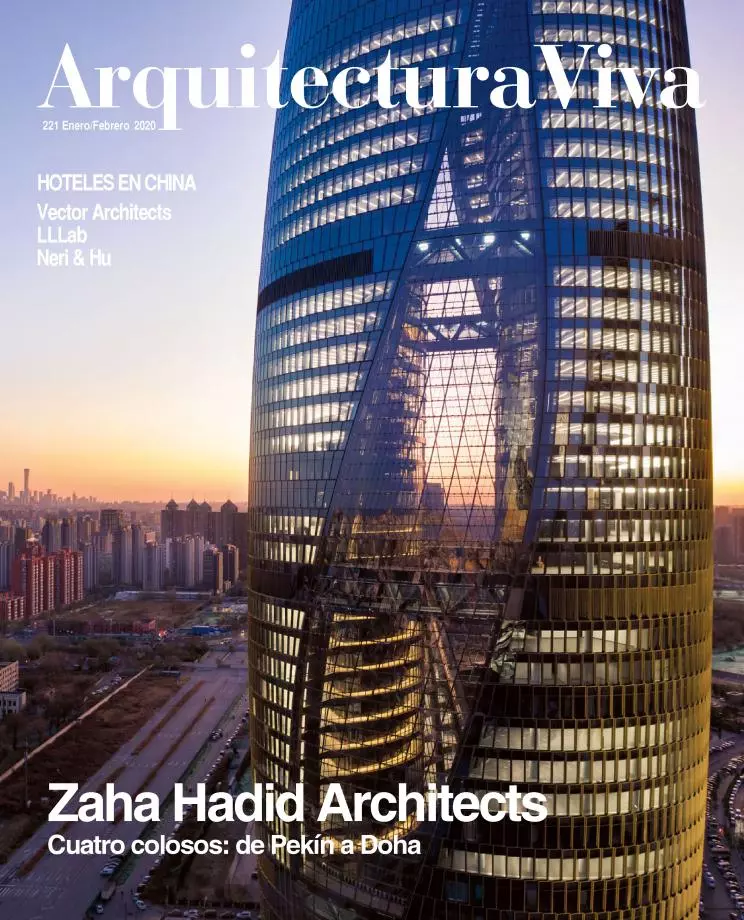Trip to the Center Country
New Hotels in China

China has the geographic entity of a continent, the economic potential of a small planet, and the complexity of a macrocosmos with room aplenty for different geographies, tongues, and idiosyncracies. China is the politically unanimous country organized around Beijing and Shanghai, but also the country that is hard put to handle the exceptions that Hong Kong and Macao are. It is the culturally uniform country that has defined itself in the course of a history without equal, but also the country in which some minorities, such as the Muslim Uighurs, fail to fit in. It is the economically booming country of innumerable railway tracks, roads, dams, and factories, but also the country of beautiful remote natural enclaves.
Its vast diversity makes China a prime tourist destination. But unbridled growth – which has spoiled many of its natural and heritage landscapes and made its cities so polluted as to be unlivable – and the authoritarian government’s continued strict control of borders keep foreigners from coming. The opposite occurs with the Chinese themselves, who travel abroad en masse, enthused by the gift that state-directed capitalism offers them: tourism.
Notwithstanding, the flow of Chinese touring other countries is nothing compared with the internal flow owing less to the dramatic migrations from countryside to city than to the rise of a new and growing middle class that, as in the West, can allow itself the luxury of exploring its home country, and in the process indulge in a late-capitalism identification of pleasure with consumerism.
This domestic demand has created very different tourist models, which range from China’s own version of ‘sun and beach’ all the way to cultural travel, not to mention the inevitable rural tourism plan, increasingly appreciated by a generation raised amid the fumes and pandemonium of metropolises like Beijing, Shanghai, or Shenzhen.
As was to be expected, the situation has been capitalized by local architects, especially young ones, for whom the prospect of working in contexts of strong natural and cultural character is an opportunity to experiment with new languages, and thus to consolidate the turn towards a both local and cosmopolitan modernity that we are witnessing in the best of Chinese architecture today.
Arquitectura Viva presents this complex and attractive phenomenon by means of a selection of three hotels designed by high-profile Chinese practices: the Alila Yangshuo in Guilin, built by Vector architects over a preexisting construction in a landscape of immense beauty; the San Sa in Beijing, conceived by LLLab in the manner of a traditional village; and finally the Tsingpu Retreat in Yangzhou, arranged by Neri & Hu amid courtyards and surrounded by a network of small lakes.






